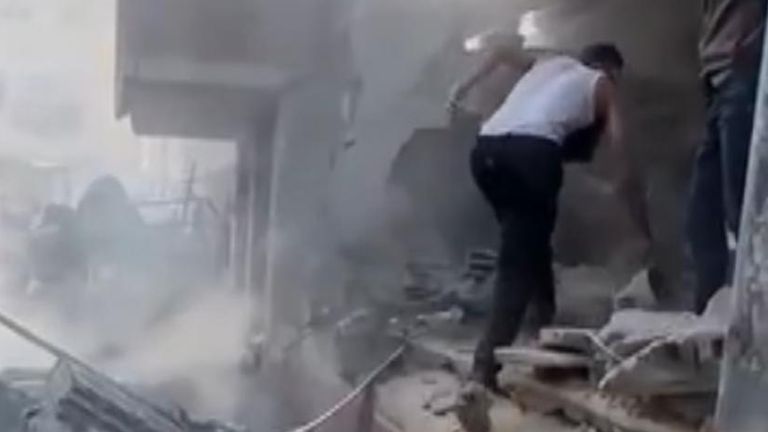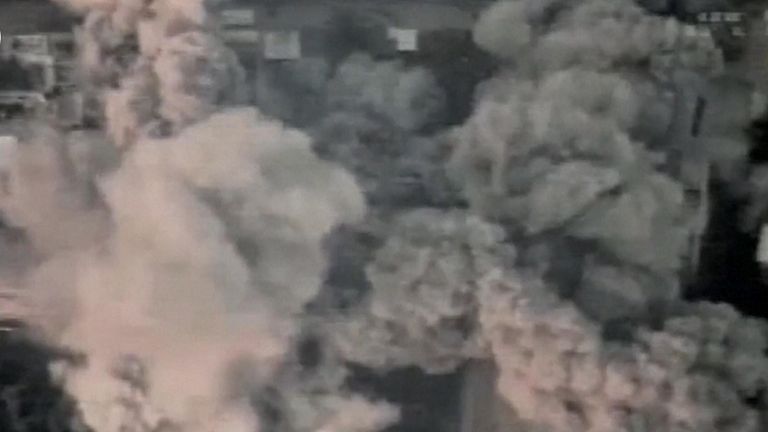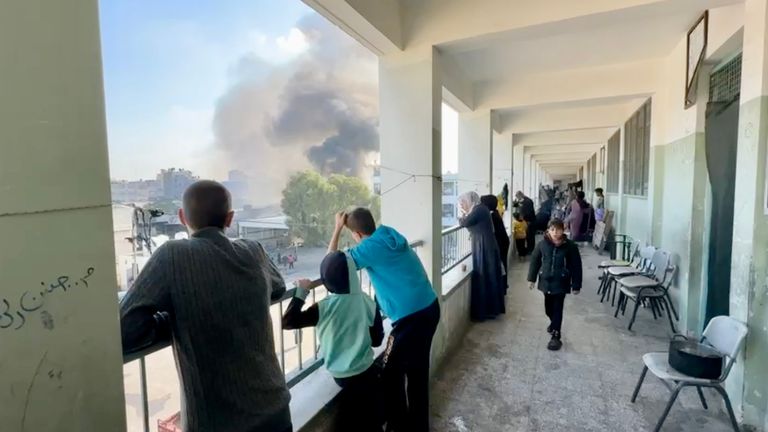Within half an hour of the latest truce ending on Friday, Israeli fighter jets were bombing Gaza, and Hamas was firing salvos of rockets into Israel.
Although the Israel Defence Forces had been preparing for a resumption of their ground offensive if further truces could not be agreed, both sides are motivated to progress the release of hostages.
So why have the negotiations stalled and war resumed?
One of the IDF’s objectives is to liberate hostages, and the truces have proven an effective way to achieve this objective.
However, the IDF also wants to destroy Hamas, and is determined to resume military operations if the hostage negotiations stall.
Hamas knows it is no match militarily for the IDF, but is using the hostages as leverage to ensure its survival through extended ceasefires.
The initial focus was on releasing Israeli women and children, with three Palestinian prisoners released for every hostage liberated.
However, the next category of hostages will include young males and foreign nationals held, and Hamas will place a greater value on these hostages before considering their release.
The IDF soldiers will probably be the most prized hostages held by Hamas, and although Hamas might drip-feed their release, they only need a handful of IDF hostages – plus maybe a couple of foreign nationals – to maintain a credible negotiation capability.
Hamas once held an IDF soldier for five years and only agreed an exchange in return for over 1,000 Palestinian prisoners – one of which was Yahya Sinwar, who is now the leader of Hamas in Gaza.
Read more: Who are the first 79 Israeli hostages released by Hamas?
Meanwhile, Israel appears primarily focused on destroying Hamas, and although any truce will be welcome if it liberates hostages, the IDF will not tolerate any prevarication by Hamas.
Although Israel has resumed its combat operations, the military objectives will likely remain unchanged: destroying Hamas and liberating all hostages.
The second phase of its ground offensive appears to be focused on southern Gaza, where the population density is higher.
The IDF admits the casualties will be greater during Phase 2 – for both the IDF and the Palestinian civilians.
Israel claims to have killed 5,000 Hamas fighters in the first phase of the war, but in total more than 15,000 Palestinians have lost their lives since the start of the conflict – and that ignores those bodies yet to be discovered in the rubble.
If Israel’s military objective remains to destroy Hamas and they have killed 20% of the fighters to date, then by extrapolation the next phase of the conflict could result in another 60,000 Palestinian lives lost – not accounting for the increased risk due to the greater population density in the south of Gaza.
Read more:
Blinken tells Israel it needs ‘clear plan’ to protect civilians
Israel accuses Hamas of violating truce deal – military operations resume
Any such dramatic increase in the levels of civilian casualties or escalation of the humanitarian crisis in Gaza will be of grave concern to the international community.
Even the US – Israel’s closest ally – is using increasingly cautionary language and urging restraint. It will be very difficult for Israel to maintain international support for a prolonged offensive in pursuit of its military objectives.
Regardless, Israel is clearly not prepared to let Hamas seize the initiative.
Israel supports an extension to the truce in exchange for hostages, leaving Hamas to choose between negotiation or war.
Qatari mediators are continuing their efforts to negotiate a fresh agreement, and we should expect periodic pauses in the hostilities as fresh agreements are reached and more hostages are released.
However, these are increasingly frustrating times for Israel who, despite overwhelming military superiority and securing the release of more than 100 hostages, are fast losing the initiative in this conflict.
Despite mounting a determined and aggressive ground offensive into Gaza, Israel has not destroyed Hamas, has yet to free all hostages, and is facing increasing calls to end the war.
Despite the devastation, the conflict has done little to resolve the underlying issues that polarise opinions in the region.
However, from the horrors of war, the opportunities for a lasting peace emerge, but only with international commitment and leadership will lasting progress be made.





